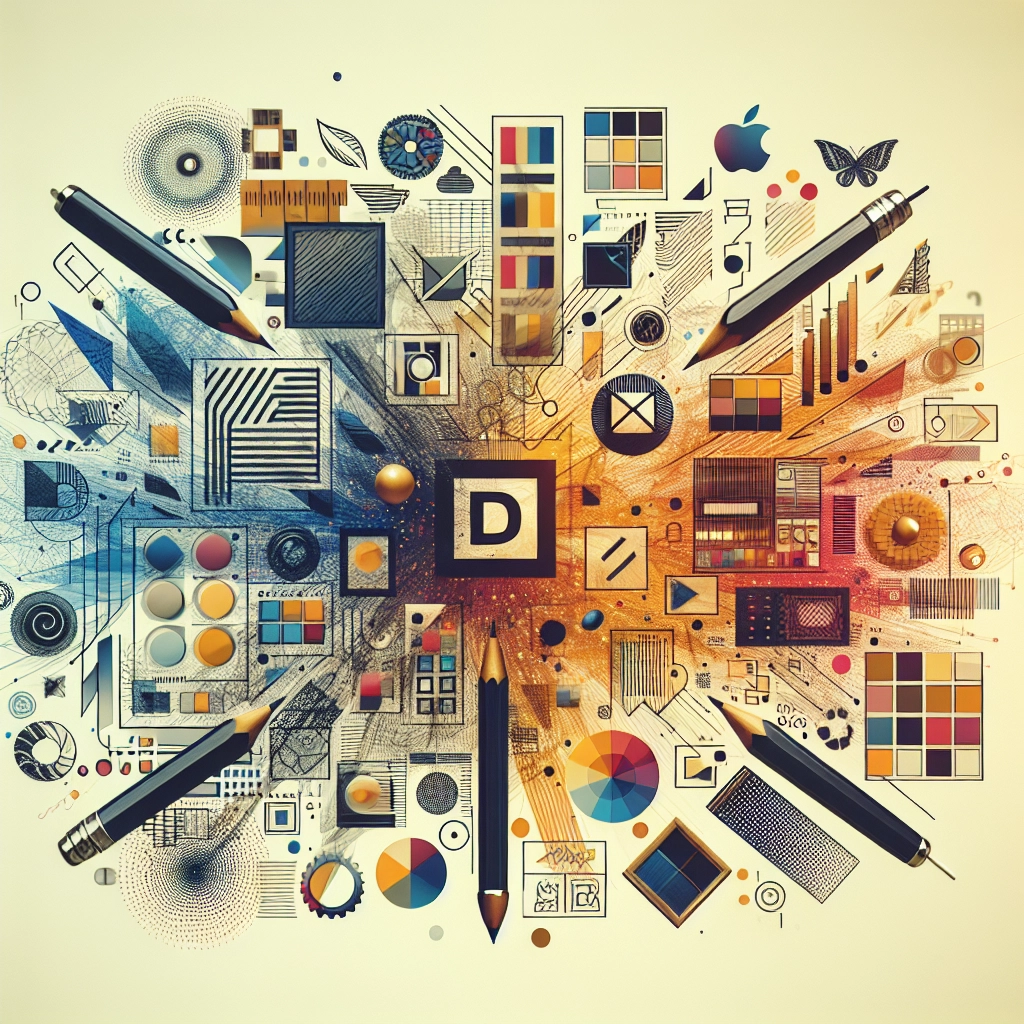Building a Consistent Visual Style Using Generative Tools

In the ever-evolving landscape of branding and visual design, consistency is key. A strong visual style that resonates with audiences can propel a brand to new heights, fostering recognition and loyalty among consumers. However, achieving that elusive consistency can often be a challenge. Enter generative tools—technologies that can assist designers in creating cohesive visual identities effortlessly. This article will explore the intersection of consistent visual style and generative tools, offering insights into how to leverage these innovations for effective branding.
First and foremost, it’s crucial to understand what we mean by a “visual style.” A brand’s visual style encompasses its color palette, typography, imagery, and overall aesthetic. When these elements are harmonized, they create a unique identity that distinguishes a brand in the crowded marketplace. The challenge arises when adapting this style across various platforms and applications, ensuring that every piece of content reflects the same ethos. This is where generative tools come into play.
Generative design refers to algorithms and artificial intelligence systems that can help generate content based on defined parameters. The advantages of using these tools in branding and design are manifold, offering designers the ability to create variations of visual elements while maintaining consistency. For example, generative tools can automatically suggest complementary color schemes or typographic pairings, all grounded in the brand’s established guidelines.
One of the most significant benefits of employing generative tools is efficiency. Designers often spend countless hours creating and refining visual elements. However, with generative design, they can automate parts of this process. For instance, graphic designers can input their brand’s core colors and let the software generate a range of designs, allowing them to focus on more strategic aspects of their work. This increase in productivity is a boon in today’s fast-paced market, where brands must respond quickly to trends and consumer needs.
An excellent example of generative tools enhancing visual style can be seen in branding frameworks like Adobe Creative Cloud’s suite of AI-driven features. These smart technologies offer recommendations based on past design choices, ensuring that all newly created assets adhere to established branding principles. By promoting a degree of autonomy in the design process, generative tools can empower designers to experiment while ensuring that their work remains anchored to the brand’s identity.
Another visually appealing advantage of generative design lies in data visualization. Brands often rely on data-driven insights to inform their strategies, but conveying these insights visually can be a daunting task. Generative tools can create stunning infographics or visualizations that not only present data but also adhere to brand guidelines, ensuring that they are instantly recognizable to the audience. This helps bridge the gap between analytics and aesthetics, creating a seamless experience for viewers.
Creating a consistent visual style isn’t just about aesthetics; it’s also about emotions. Colors evoke feelings, shapes can convey meanings, and typography speaks volumes about a brand’s personality. Generative design can assist in exploring these emotional connections by analyzing user behavior and preferences. For instance, a brand seeking to position itself as youthful and vibrant might use generative tools to analyze data from target demographics, allowing them to create visual designs that resonate deeply with their audience.
Consistency also extends beyond mere visual elements; it includes the tone of voice and messaging used across various platforms. Generative tools can offer templates for not just graphics but also for written content, ensuring that the brand's voice remains coherent in tandem with its visual identity. By integrating visual and textual elements, brands can deliver a unified message that reinforces their values and ethos.
Despite the numerous advantages, it is important to remember that generative tools should not replace the creative intuition and expertise of designers. Rather, they are meant to complement and enhance the design process. Designers must remain in control, using these tools as a means to expand their creative horizons rather than as a crutch. The human touch is irreplaceable in branding; it’s crucial for designers to assess the outcomes generated by these tools critically and make adjustments to ensure alignment with the brand’s mission and vision.
As we move deeper into the age of digital transformation, integrating generative tools into branding and visual design practices is no longer just a trend but a necessity. By harnessing the power of these technologies, brands can achieve a level of creativity and consistency that was previously unattainable. The future of branding lies in the careful balance of technology and human insight, creating visuals that not only appeal to the eye but also resonate with the heart—and generative tools are invaluable allies in that journey.